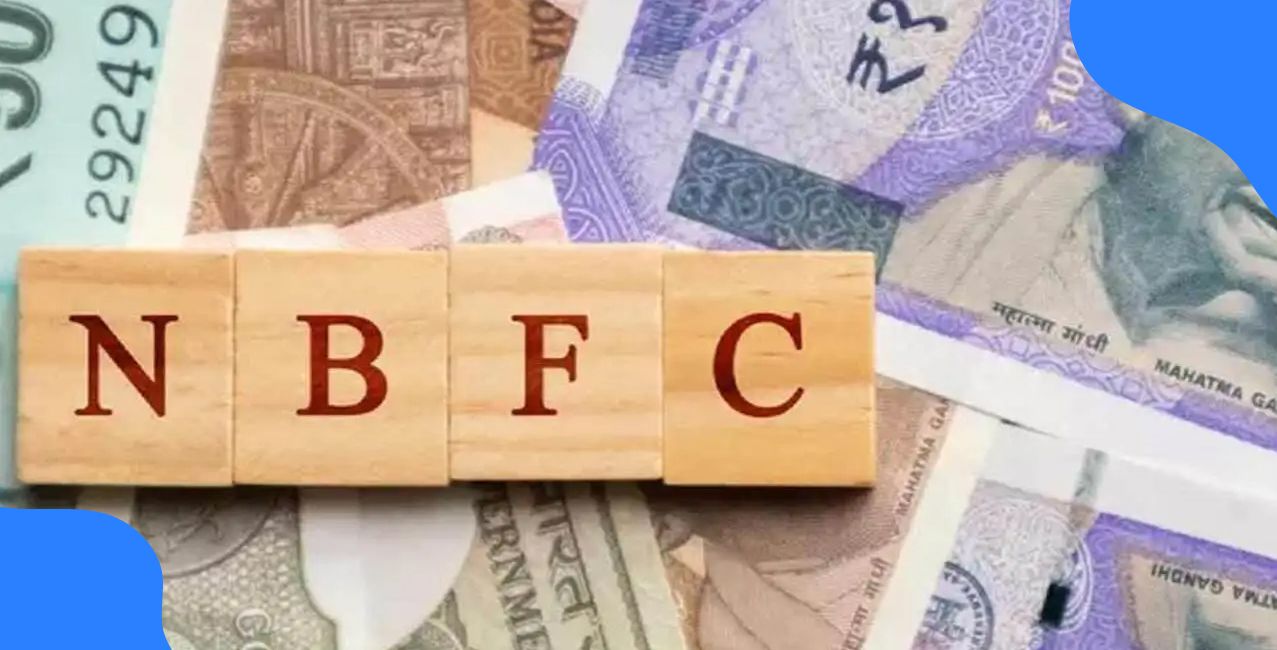
Author
LoansJagat Team
Read Time
6 Min
26 Jun 2025
RBI Advises Banks to Reduce Lending Rates as Economy Gains Strength
Commercial Banks have a choice to not reduce the interest rates in sync with the slashed repo rates in June, 2025.
On July 1, 2014, the Reserve Bank of India (RBI) had stated, “Banks may, with the approval of their Boards, determine the rate of interest, keeping in view the size of accommodation, degree of risk and other relevant considerations.”
However, this autonomy has led to a recurring issue: banks act swiftly when interest rates are hiked, but respond sluggishly when rates are reduced.
Whenever RBI increases the repo rate even by 10 basis points, commercial banks react almost immediately. Within a fortnight, borrowers see their EMIs go up or their loan tenure increase.
However, when RBI slashed the repo rate by 50 basis points in June 2025, many banks are still dragging their feet in passing on the benefits to borrowers.
Why is it that the RBI has to urge banks to pass on the benefits of the rate cut?
Why Are Commercial Banks Not Reducing Your Interest Rates Even After Rate Cut?
The mismatch often arises from the type of interest rate mechanism your loan is linked to. While some loans are tied directly to the repo rate, others are based on internal benchmarks like the MCLR (Marginal Cost of Funds based Lending Rate), or external ones like EBLR (External Benchmark Lending Rate).
Read More - Best Banks & Nbfcs for Low-Interest Personal Loans
Many borrowers are unaware of these distinctions, which can significantly impact how quickly the repo rate changes affect their EMIs.
Here’s a simplified comparison using an analogy of pencils:
Type | Definition | Repo Rate Linkage | Example (Pencil Analogy) |
MCLR | Internal benchmark rate set by the bank based on its own cost of funds | Indirect; changes take time to reflect | Like using a pencil with a built-in sharpener. It sharpens slowly, and at your pace—not very responsive. |
EBLR | Rate linked to an external benchmark (e.g., RBI’s repo rate, 3-month T-Bill) | Direct; faster reflection of rate cuts/hikes | Like a mechanical pencil connected to a power source—any signal (rate change) makes it auto-adjust. |
RLLR | Repo Linked Lending Rate – directly linked to RBI’s repo rate | Most responsive to repo rate changes | Like a smart pencil that senses your writing speed and adjusts its tip instantly—highly responsive. |
So, if your home loan is linked to RLLR, the 50 bps cut should ideally lower your EMI soon. But for MCLR-linked loans, the transmission could be slower or partial.
RBI Has Urged the Banks to Reflect the Impact of the 50 bps Repo Rate Cut on Customer Loans
The RBI’s latest State of the Economy report notes that India’s economic recovery is gaining strong momentum.
According to high-frequency indicators from May 2025, industrial production is rising steadily, and the services sector is showing broad-based strength.
Furthermore, agriculture output has seen consistent growth in FY 2024–25, despite erratic monsoons.
Here are some promising indicators from the report:
- Core sector growth (April–May): 6.2% YoY, led by coal, electricity, and cement output.
- GST collections (May 2025): ₹1.67 lakh crore – among the highest ever, indicating significant consumption.
- Passenger vehicle sales: 18% YoY growth, reflecting urban demand recovery.
- Inflation (CPI): Remained below 4% for four straight months – well within the RBI’s tolerance band.
All these factors strengthen the case for cheaper credit, encouraging both individuals and businesses to borrow and invest more.
Yet, the RBI had to officially urge banks to ensure that lending rates mirror the policy rate cut, emphasising that a delay in transmission hampers the broader policy impact.
What is Your Loan’s Reset Date?
Even if your loan is linked to the repo rate or any external benchmark, you might still not see an immediate change in your EMI after a rate cut. Why?
Because of something called the loan reset date—a predefined time interval after which your interest rate is recalibrated based on the current benchmark rate.
Let’s understand this with an example:
Amit, a salaried professional, took a home loan in June 2024 with a 1-year reset frequency. When RBI cut the repo rate by 50 bps in June 2025, Amit thought his EMIs would reduce.
Also Read - Cheapest Home Loan Offers in June 2025 by various Banks
But since his reset date is June every year, the new rate won’t apply until December 2025, as his bank has a 6-month adjustment delay.
Loan Parameter | Details |
Loan Start Date | June 2024 |
Benchmark Type | RLLR (Repo Linked Lending Rate) |
Reset Frequency | 1 year (annually) |
Last Reset Applied | June 2024 |
RBI Repo Rate Cut | June 2025 (by 50 basis points) |
Next Rate Reset for Amit | December 2025 (due to 6-month delay) |
Effective EMI Reduction | From December 2025 onwards |
This means that even though the RBI has reduced rates, you may not benefit right away unless your reset date is near. Borrowers should review their loan agreement or consult with their bank to confirm the reset frequency and date.
Conclusion
Despite a 50 bps cut in the repo rate, many banks are slow in passing on the benefits to borrowers—highlighting the need for borrowers to pay attention to the benchmark their loans are linked to. The Indian economy is in a relatively sweet spot right now, with strong growth, softening inflation, and better fiscal indicators.
As the RBI rightly pushes banks to reduce lending rates, it’s time for borrowers to be proactive too. If your lender hasn’t reduced your rate yet, ask them why—and consider switching to a more transparent and responsive loan benchmark like the RLLR.
Cheaper loans aren’t just a possibility—they’re a policy mandate. But you need to demand it.
About the Author

LoansJagat Team
‘Simplify Finance for Everyone.’ This is the common goal of our team, as we try to explain any topic with relatable examples. From personal to business finance, managing EMIs to becoming debt-free, we do extensive research on each and every parameter, so you don’t have to. Scroll up and have a look at what 15+ years of experience in the BFSI sector looks like.

Quick Apply Loan
Subscribe Now
Related Blog Post

LoansJagat Team • 11 Dec 2025

LoansJagat Team • 11 Dec 2025

LoansJagat Team • 12 Dec 2025